
Shh! Don’t tell anyone, but I haven’t always been a big reader of woodworking books or magazines. Nor have I ever watched a woodworking show on TV. I’m not revealing this because it’s something I’m proud of. I’m just being honest.
It’s a cultural thing. After I did a basic training in furniture making through England’s City & Guilds program in 1979-1980, I went to work in a cabinetmaking shop where I was forbidden to use the skills I’d acquired in hand-cutting dovetails or padding shellac. Even though I was able to indulge those skills at my next workplace, it was a country workshop that specialized in custom work for local residential clients, which meant that most of the jobs were fairly conventional. Based on my experience over the past 40 years, professional furniture making can be broken into two primary camps—one that serves homeowners and the building industry, the other an expression of the art world. I’ve been firmly planted in the former, a culture that leans toward doing things by traditional methods and has not been much of an advocate for spending your spare time reading about what you do all day.
That changed about 17 years ago, when I subscribed to Fine Woodworking, where I have found invaluable inspiration and guidance. By 2007, my aging eyes and back had made cutting dovetails by hand a serious challenge. I could barely see the work, and after cutting the joints for just a couple of drawers, my back would be screaming in pain. Kelly Mehler pointed me to an article by Jeff Miller on how to build a benchtop bench. This simple, clever tool has become an integral part of my setup for cutting dovetails.
Because I specialize in work for homes that date to the late 19th and early 20th centuries, I experimented with finishing techniques learned from articles by Teri Masaschi and Jeff Jewitt. Later I took those a step further at the suggestion of my late friend Kenneth Kinney, a floor finisher, who suggested I add amber shellac for an even more authentically aged appearance.
When I needed a pair of leaded glass panels for an article and didn’t have time to commission my preferred glass artist, I followed the instructions in Mike Pekovich’s article and was thrilled by the experience of dipping my toes into a new skill. It’s ridiculously fun to learn something new!
A recent feature by Anissa Kapsales on building a modular wall unit knocked my socks off in both technical and aesthetic terms. Even though I’ve been a pro for decades and have learned a variety of case building and installation techniques by working in several shops, on both sides of the Atlantic, Anissa’s article is ingenious and full of stuff that’s new to me.
Finally, if Fine Woodworking has an ace card for me, it’s Jon Binzen’s work for the back cover. The pieces he chooses consistently inspire my awe.
—Nancy Hiller
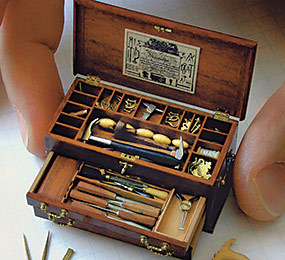 |
Just a Handful of ToolsWilliam Robertson’s miniature toolbox and its contents are an adaptation of the Hewlett chest, a “gentleman’s chest” made in England in 1773. Issue 202, Winter 2008; p.104 by Jonathan Binzen |
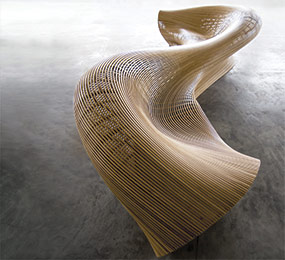 |
Sinuous SeatingRules are made to be broken, and Matthias Pliessnig has been breaking furniture making rules ever since he started with the craft. The results are breathtaking, sinuous contemporary lines. Issue 254, June 2016; p. 92 by Jonathan Binzen |
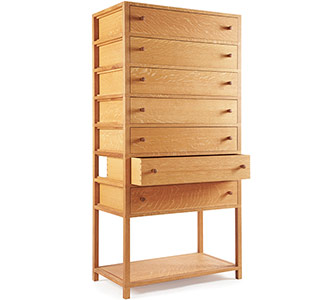 |
A Love of the Craft, ExposedHeidi Earnshaw’s white oak seven-drawer dresser is based directly on the 18th-century French semainier form, which had one drawer for each day of the week Issue 271, June 2016; p. 88 by Jonathan Binzen |
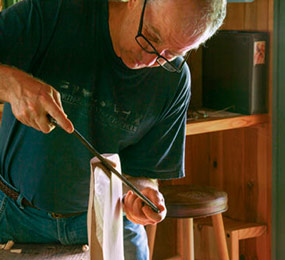 |
Song of the DrawknifeCurtis Buchanan builds his “democratic chair” with the bare minimum of inexpensive tools and materials with surfaces directly from the drawknife Issue 277, October 2019; p. 88 by Jonathan Binzen |
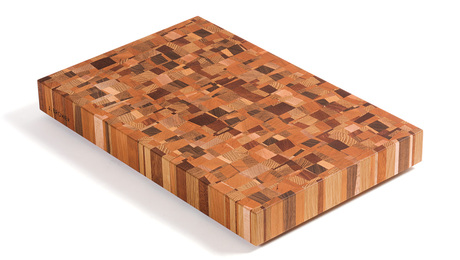
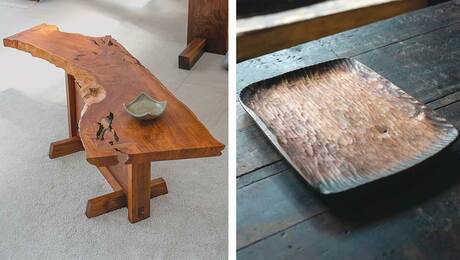
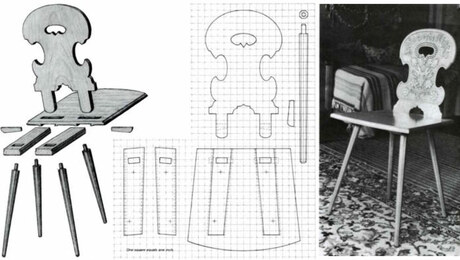
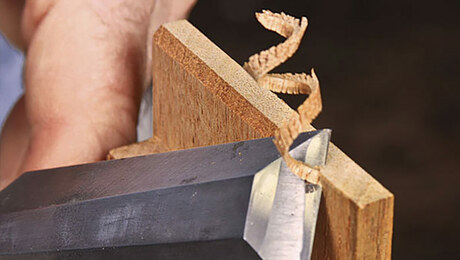

















Log in or create an account to post a comment.
Sign up Log in